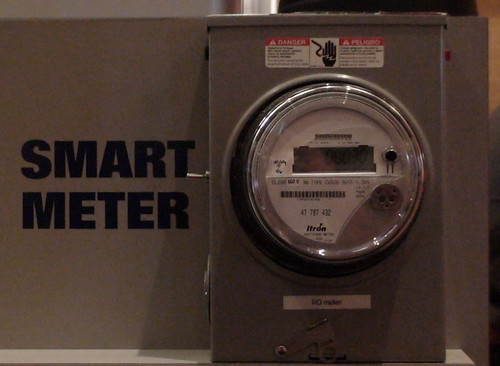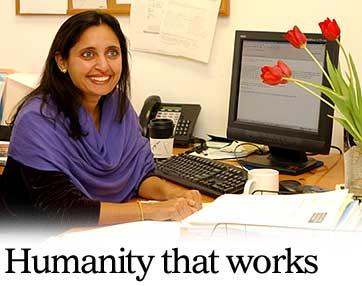Fujitsu Siemens announced last week new Eco Labels they are launching for their goods.
Eco labels are something I have written about previously on GreenMonk and I believe they are vital to helping consumers make informed choices when buying electronics.
I was interested in learning more so I invited their head of Green IT, Dr. Bernd Kosch to come on the show to discuss. He graciously accepted.



